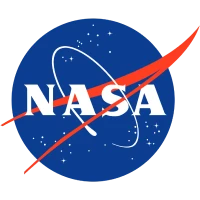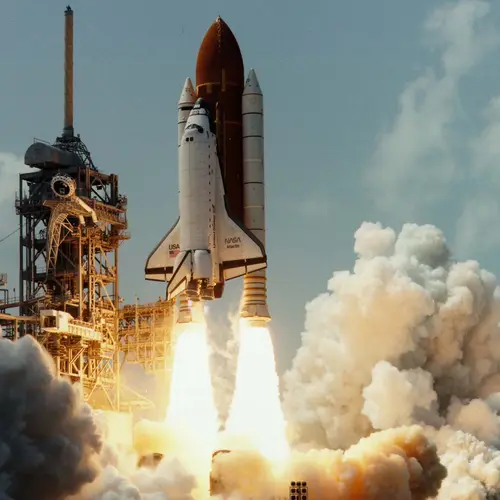/
STS-51-J, (USA-11) & (USA-12)
Launch Success
Liftoff Time (GMT)
15:15:30
Thursday October 3, 1985
Watch Replay
Official Livestream
Mission Details
Launch Notes
Second classified DoD mission and the first flight of Space Shuttle Atlantis.
STS-51-J
The mission was the second shuttle flight totally dedicated to deploying a Department of Defense payload, after STS-51-C. Its cargo was classified, but it was reported that two (USA-11 and USA-12) DSCS-III (Defense Satellite Communications System) satellites were launched into stationary orbits by an Inertial Upper Stage. The DSCS satellites used X-band frequencies (8/7 GHz). Each DSCS-III satellite had a design life of ten years, although several of the DSCS satellites have far exceeded their design life expectancy.
Low Earth Orbit
19,968 kilograms
DSCS-3 2 (USA-11) & DSCS-3 3 (USA-12)
DSCS-3 (Defense Satellite Communications System 3) are geostationary communications satellites, which provide a robust anti-jam, nuclear hardened capability that supports Department of Defense (DoD) worldwide requirements, White House and Diplomatic communications. They are the follow-on generation of the DSCS-2 satellites. The system is used for high priority communications such as the exchange of wartime information between defense officials and battlefield commanders. The system provides uninterrupted secure voice and high-data rate communications to globally fixed and mobile DoD users, NATO, the United Kingdom, the Diplomatic Telecommunications Service, and the White House Communications Agency. Orion 1 (USA 8) was launched on Shuttle flight Atlantis STS-51-J with IUS upper stage.
Geostationary Earth Orbit
2 Payloads
Rocket


Agency
NASAPrice
$450.00 million
Rocket
Height: 56.1m
Payload to Orbit
LEO: 27,500 kg
GTO: 3,810 kg
Liftoff Thrust
30,250 Kilonewtons
Stages
2
Strap-ons
2
Launch Site
Stats
Space Shuttle
21st
Mission
7th
Mission of 1985
1985
95th
Orbital launch attempt
